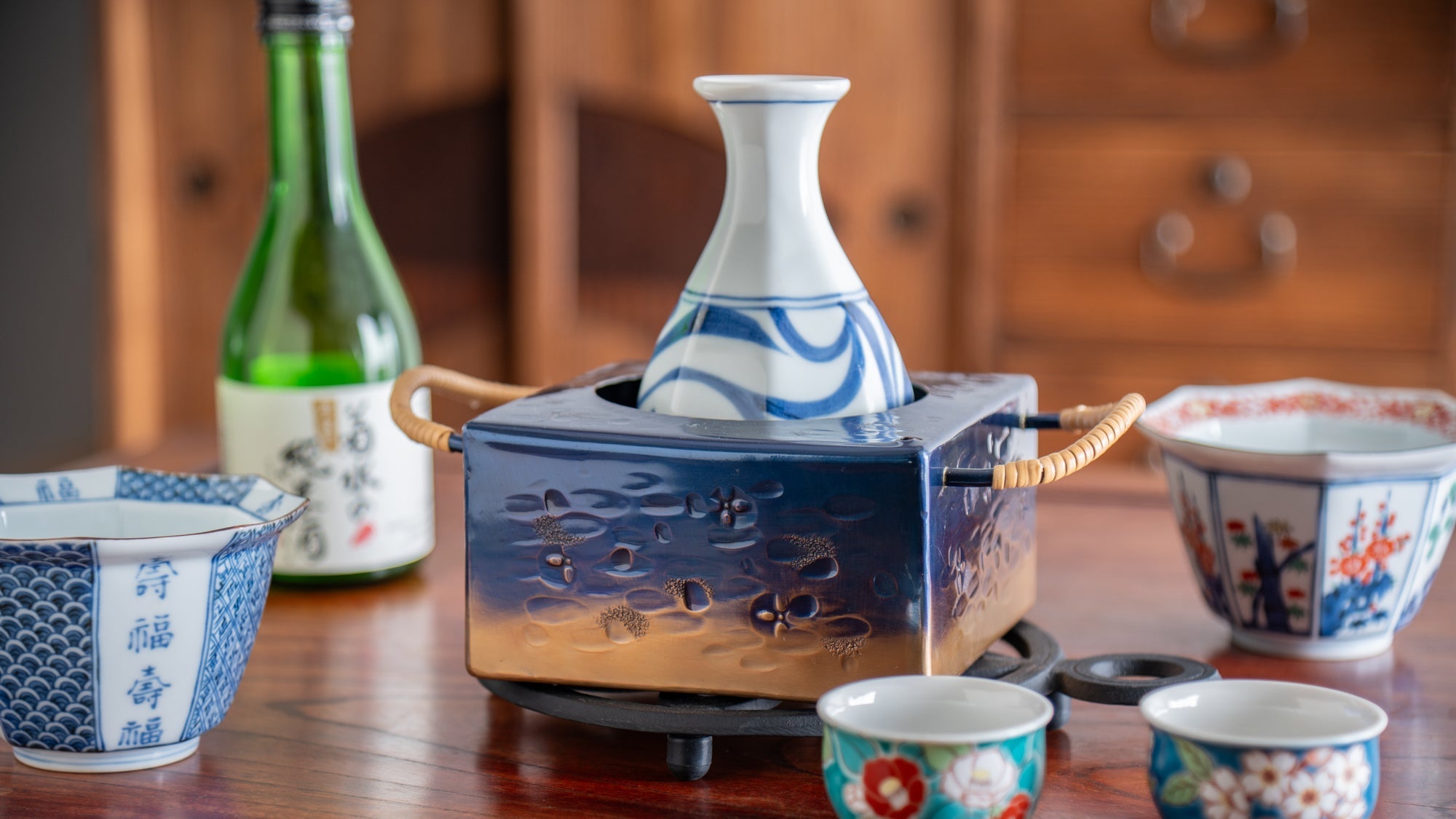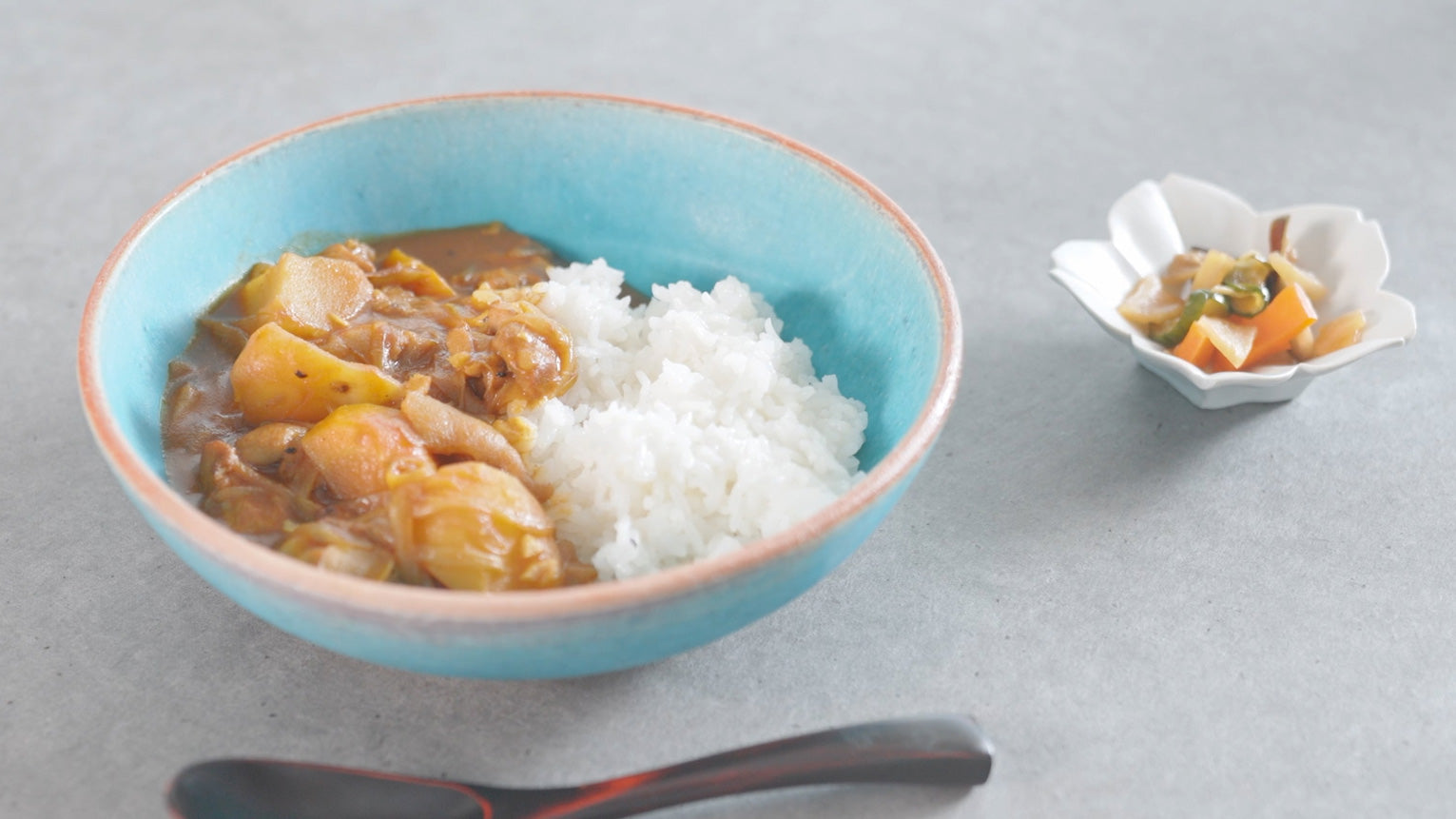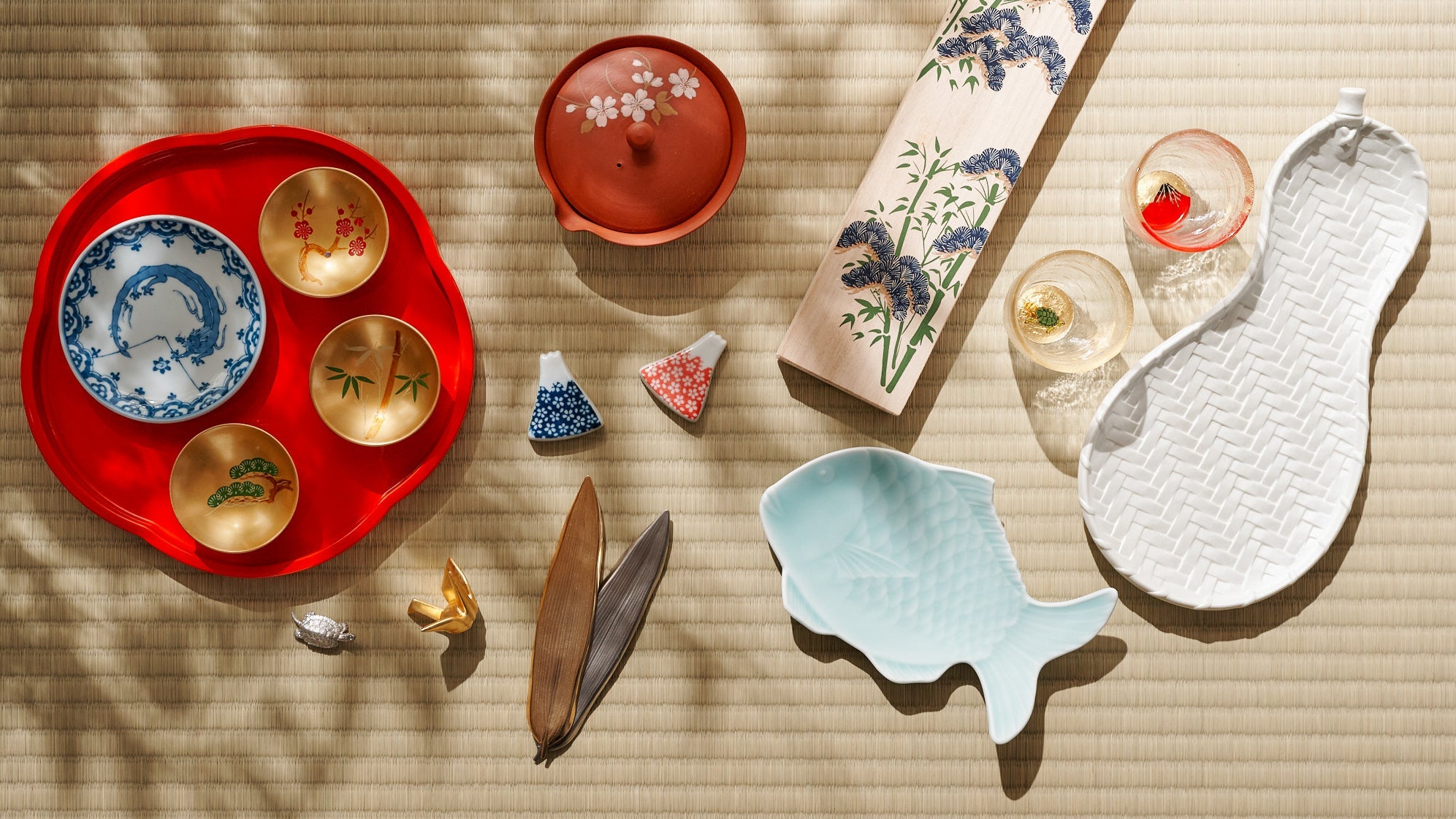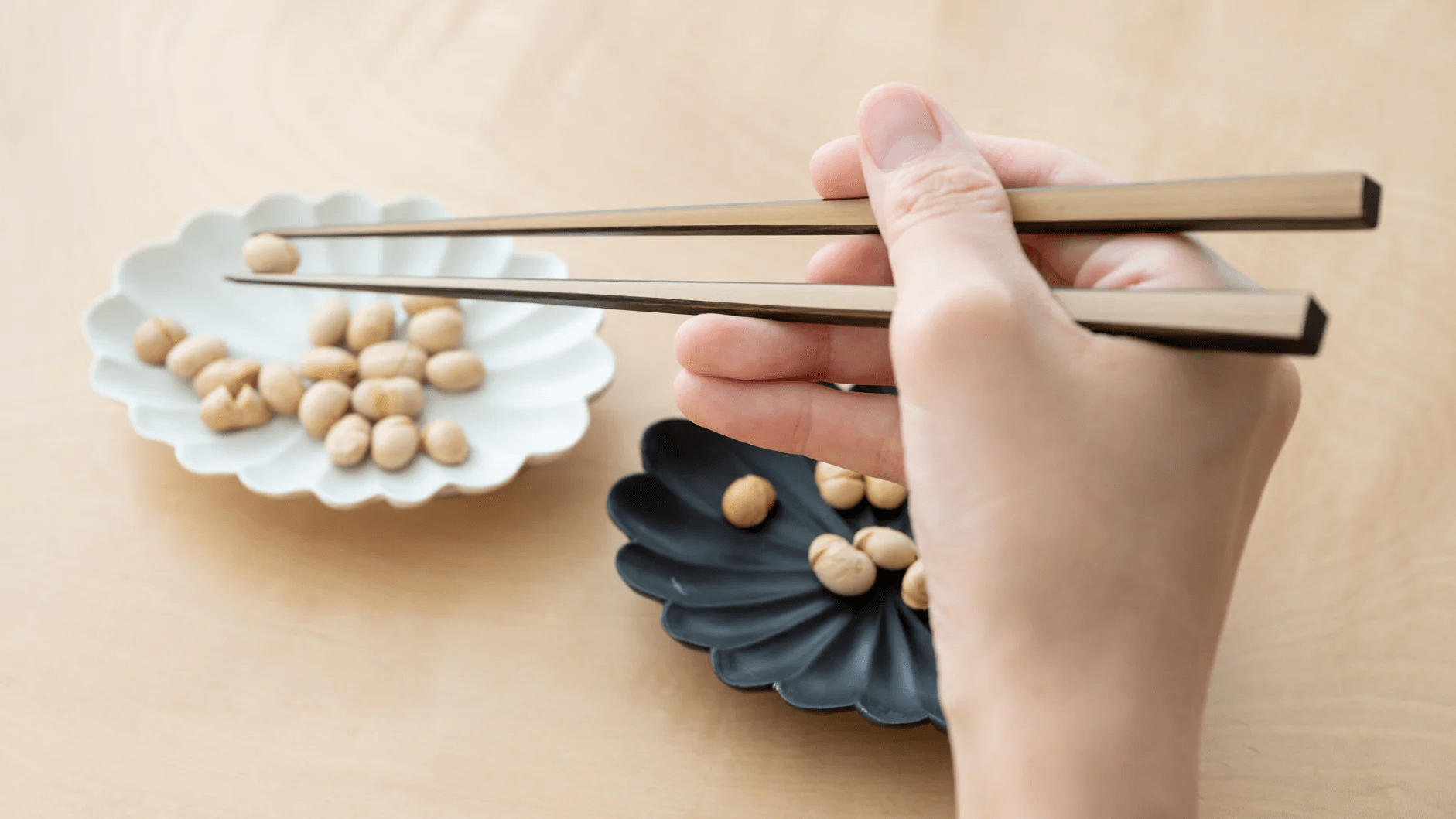
Guide to Sake Warmers
Written by Team MUSUBI
In Japan, there is a tool specifically designed for serving hot sake. If you enjoy sake at these temperatures, a sake warmer is the perfect way to heat it to the right temperature while enhancing your table with a traditional Japanese-style setting.
table of contents
History of Hot Sake
The tradition of warming sake stretches back over a millennium, intertwining with the country's cultural and culinary evolution. While today's connoisseurs might prefer certain premium sakes chilled, the practice of serving sake hot, known as okan, emerged during the Heian period (796–1185 CE), when Japanese nobles discovered that heating this fermented beverage could transform both its character and their drinking experience.

In medieval Japan, warming sake wasn't just about preference—it was practically necessary. The brewing techniques of the time often produced rather rough sake that improved significantly when heated, smoothing out harsh edges and releasing deeper aromatics. Additionally, in an era before central heating, hot sake served as a welcome comfort during Japan's chilly winters, warming both body and spirit in tea houses and family gatherings.

Modern sake brewing has evolved dramatically, yet the tradition of hot sake endures, particularly during winter festivals and traditional ceremonies. Today, whether served in a delicate tokkuri at an upscale izakaya or poured from a simple kettle at a local street festival, warm sake continues to offer drinkers a uniquely Japanese experience.
Sake Heating Levels
Japanese sake enthusiasts have developed an intricate temperature classification system that reads like poetry: from hinata-kan to tobikiri-kan, each level brings out unique characteristics in this ancient beverage.

-
Acchichi-kan 140°F / 60°
Embrace the intense heat—this exceptionally warm sake unleashes a bold, full-bodied flavor with a striking, invigorating aroma. -
Tobikiri-kan 131 °F / 55 °C
Delivers a sharper aroma, resulting in an even drier and more intense flavor experience.
-
Atsu-kan 122 °F / 50 °C
Sharp, crisp dry aromas become more pronounced, enhancing the sake’s bold character.
-
Jyo-kan 113 °F / 45 °C
Provides a more refined and tightened scent, offering a balanced and sophisticated aroma.
-
Nuru-kan 104 °F / 40 °C
Fully releases the sake’s fragrance, intensifying its aromatic presence. -
Hitohada-kan 95 °F / 35 °C
Richens the taste with pleasant aromas of rice and koji, adding depth to the flavor profile. -
Hinata-kan 86 °F / 30 °C
Gently enhances the sake's subtle fragrance, allowing delicate aromas to shine through.

The decision on temperature involves more than personal liking; it's deeply connected to the sake's grade, the season, and even the accompanying dishes. Understanding these heating levels is like having a secret key to unlock sake's hidden dimensions. Each temperature point tells its own story, offering drinkers a spectrum of experiences from a single bottle.
How to Warm Sake
Method 1: Use a Sake Warmer for Perfect Temperature
While you can easily warm sake at home with a traditional carafe and pot, a sake warmer offers dual functionality—it not only gently heats your sake to the perfect temperature but can also cool it by adding ice water, much like a wine cooler. This dual functionality makes a sake warmer an essential tool for any sake enthusiast looking to enjoy their favorite beverage at its best.
1. Add Hot Water:
Begin by pouring boiled water halfway into the sake warmer.

2. Insert the Sake Carafe:
Place the sake carafe filled with sake into the warmer.

3. Allow to Warm:
Let the carafe sit for a few minutes, allowing the sake to gently reach the ideal temperature.

Method 2: Use a Pot to Heat Sake
If you don't have a sake warmer, you can still gently heat a ceramic sake carafe by placing it in a pot of boiling water.
1. Prepare the Sake Carafe:
Pour the sake into a ceramic carafe, filling it up to 90%.

2. Boil Water:
Heat a pot of water until it reaches a boil, then turn off the heat. Alternatively, you can pour hot water directly into the pot for quicker heating.

3. Heat the Carafe:
Place the carafe into the pot of hot water and allow it to sit until the sake reaches the optimal temperature. Once warmed, savor the sake's mellow aroma and rich flavor!

Using a Metal Carafe

A tin carafe, known as a chirori, is ideal for heating sake due to its high thermal conductivity. This efficient heat transfer ensures your sake warms evenly, enhancing your overall tasting experience.
Embracing the tradition of warming sake not only elevates its flavors and aromas but also connects you to centuries of Japanese culture and history. By incorporating a sake warmer into your routine, you enhance your sipping experience and honor the rich heritage that makes sake so special.
We hope this guide has inspired you to explore the nuanced world of sake and to savor every moment of your next sake journey. Cheers to discovering the perfect warmth for your favorite brew!







Leave a comment
This site is protected by hCaptcha and the hCaptcha Privacy Policy and Terms of Service apply.